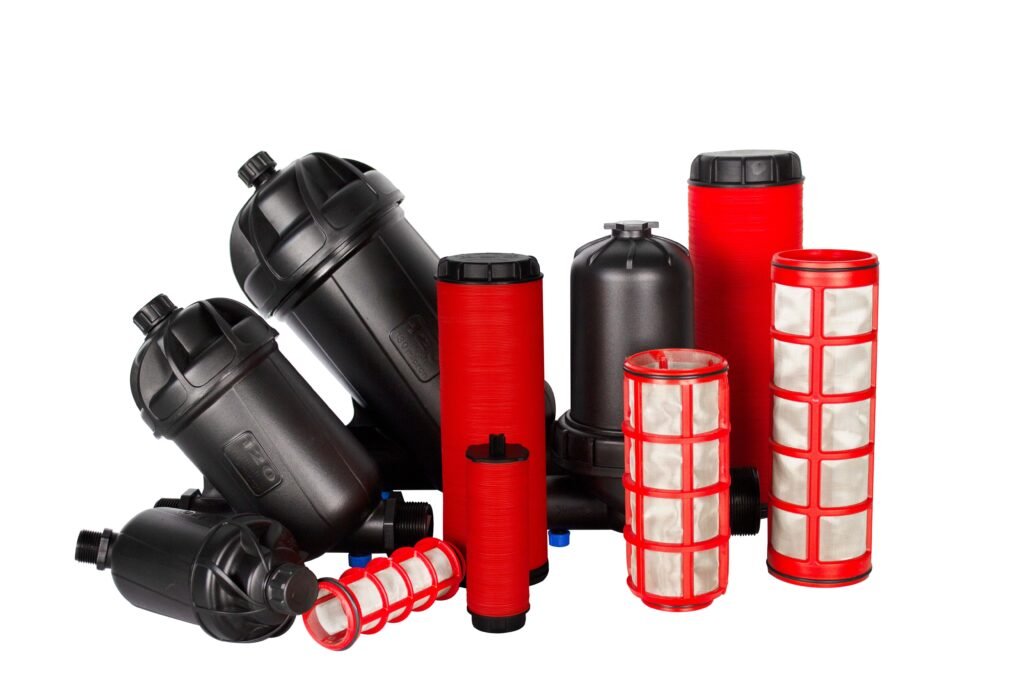Inline filters are installed directly in the irrigation line and require a bypass to allow for cleaning.
Learn about the importance of inline filters in irrigation systems, how they work, and why a bypass is necessary for cleaning.

Inline filters are an essential component of any irrigation system. They help prevent clogs and damage to your equipment by removing debris and sediment from the water supply. But what exactly are inline filters, and how do they work? We’ll explore the ins and outs of inline filters and why they require a bypass for cleaning.
What are Inline Filters?
Inline filters are small devices that are installed directly in the irrigation line. They act as a barrier between the water supply and the irrigation system, filtering out unwanted debris such as sand, dirt, and algae. Inline filters are available in various sizes and types, including screen filters, disk filters, and sand filters.
How Do Inline Filters Work?
Inline filters work by forcing water through a filter element, which traps debris and sediment. As the filter element becomes clogged with debris, water flow is reduced, and the pressure inside the filter increases. This pressure increase triggers a cleaning mechanism, such as a backwash or flush valve, which removes the trapped debris and restores proper water flow.
Why Does a Bypass Require Cleaning?
During the cleaning process, the filter element is flushed with water, which carries away the trapped debris. However, this water cannot flow back into the irrigation line without a bypass. A bypass is a secondary line that allows the water to flow around the filter during the cleaning process, preventing debris from entering the irrigation system.
FAQs
Q: How often should I clean my inline filter?
A: It depends on several factors, such as water quality and usage. However, it’s recommended to clean your inline filter at least once a month during the irrigation season.
Q: Can I install an inline filter myself?
A: It’s recommended to hire a professional to install your inline filter to ensure proper installation and function.
Q: What happens if I don’t clean my inline filter?
A: If you don’t clean your inline filter regularly, it can become clogged with debris, reducing water flow and causing damage to your irrigation system.
Conclusion
Inline filters are a crucial component of any irrigation system, helping to prevent clogs and damage to your equipment. They require a bypass for cleaning, which allows for the removal of trapped debris without contaminating the irrigation system. By understanding how inline filters work and why a bypass is necessary, you can ensure your irrigation system operates smoothly and efficiently.

